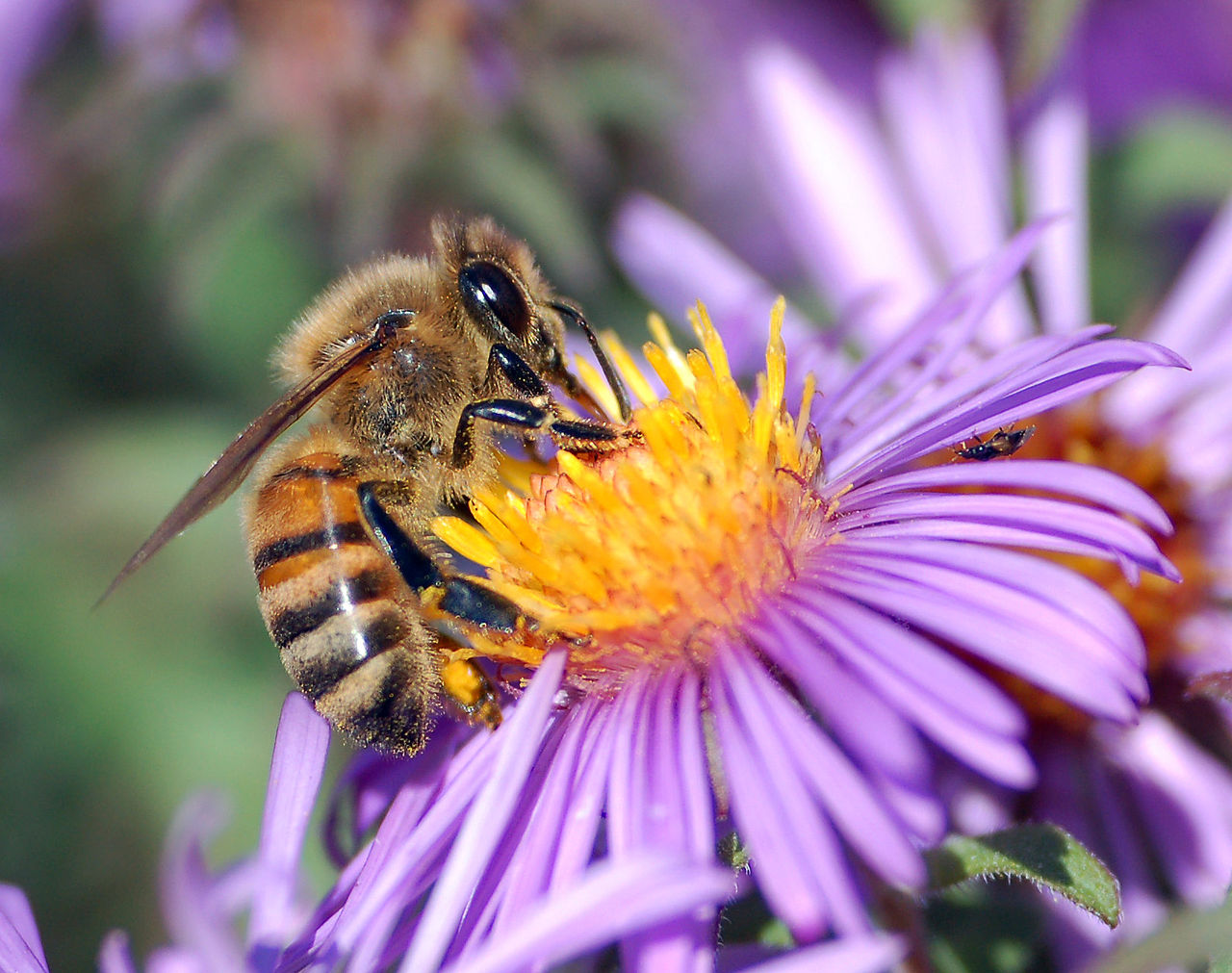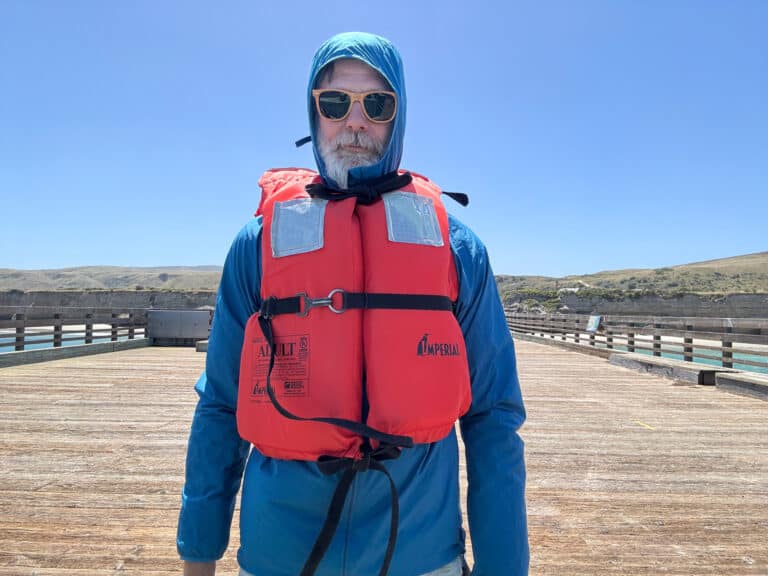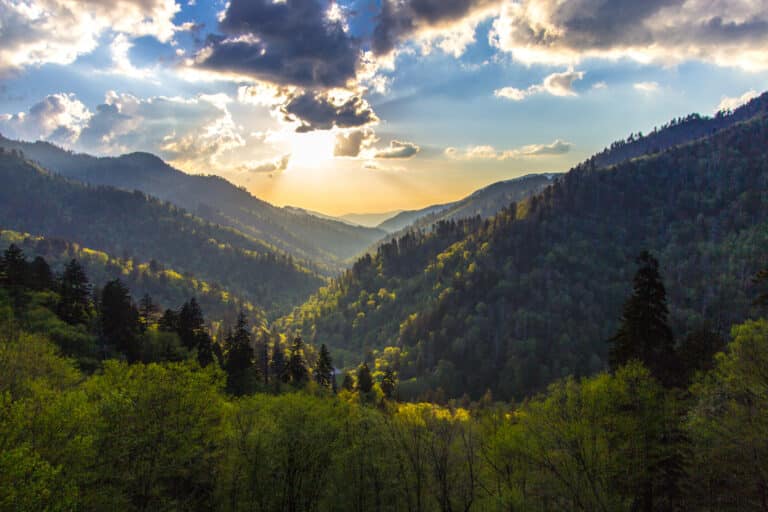The title phrase of this essay has been on my mind for some time—so much on my mind that a little over a year ago my wife and I started a small non-profit called 4X4 for Wild, whose mission is to create pollinator habitat in urban/suburban landscapes. This essay is about cultivating wildness in our gardens and landscapes and, extending the concept, also about cultivating wildness of human spirit.
The cold blast at the end of last week notwithstanding, Spring is here. Many of us are avid gardeners, and Spring is bliss for us—our perennials are bursting through the layer of winter mulch, the fruit trees and blueberry shrubs are flowering, and we’ll soon set out our heirloom tomato and pepper plants. Our summer gardens will be set out in orderly tilled rows, our tomatoes caged, perhaps with a couple of rows of sunflowers. I’ll admit that this is an appealing image, the order, linearity, and neatness of it all. But I want to turn our attention to the concept of cultivating wildness, of allowing some “weeds” to grow up around our neat garden areas, of encouraging some natural processes to take place and just standing back to watch nature do her thing.
There’s a wonderful children’s book about allowing nature to creep back into our lawns. Written by Henry Cole and published in 2007, On Meadowview Street is a heart-warming story about a little girl who persuades first her father, and then, through her great example, her entire neighborhood, to allow her lawn to revert to a wild habitat area for birds, butterflies, bees, and amphibians. She facilitates the process by planting a few native trees and shrubs, and then installing a small pond and a nesting box, but she also assists by standing back and watching as wildflowers begin to appear and outcompete the non-native grasses originally planted in her lawn. Little Caroline is cultivating wildness.
There are many ways to cultivate wildness around our homes. We can follow Caroline’s lead and facilitate the transition of our manicured lawns to habitat havens filled with native trees, shrubs, and flowering herbaceous plants. There are many excellent resources for those so inclined, including detailed planting guides; Asheville’s Bee City USA and the Xerces Society have excellent resources on their webpages. There are also very simple steps a humble gardener can take to provide habitat for a wide variety of animals, such as piling plant stubble in a corner of the garden, leaving a layer of leaves and other organic material on gardens year-round, and leaving the hollow stems from annual flowers in our garden as potential nesting sites for solitary bees.
I have long thought about cultivating wildness in a somewhat different (but related) context. In these most uncertain times of geopolitical upheaval and uncertainty, and with a constant bombardment of images, messages, and information, when we know what the weather will be like every hour, there has perhaps never been a better time for some wildness of the human spirit.
And we can cultivate it, seeking wild experiences in the outdoors in infinite ways. One of my favorite ways to cultivate wildness is to take a few chances while fishing the headwater streams in our area. I was introduced to Tenkara fly fishing two summers ago, and I have become a changed person. On several occasions last summer I got a little wild, took a slight turn off-trail, did some bushwhacking, and ended up in the Nirvana of native brook trout fishing in seldom-fished waters.
On one such occasion, I was on an overnighter with a few friends in Great Smoky Mountains National Park. I had thrown my Tenkara rod into my pack, just in case, but I did not plan to fish much. I caught a couple of brookies on our five-mile or so hike to our backcountry site, just by fishing just off the trail in a few pools. But when we got to our campsite, I heard the roar of tumbling mountain-stream water a few hundred yards away. I told the guys that I was going to sneak down the trail a bit to see if I could gain access to the stream, but I had on my camp shoes—flip flops—and it took a half hour or so before I could find anything close to an access point. Even then, I had to scale a downed hemlock at a 70-degree angle, ripping my shorts almost off my body, and obtaining several abrasions.
I looked back up the steep incline to the trail, stepped in the water, and it hit me immediately that I was in prime fishing waters. The stream was choked in places with rhododendron, dead hemlocks, and mountain laurel, but the fishing was incredible. I caught about a dozen brookies, all of them good-sized, in just over an hour. It was dusk and I wanted to get back to camp before dark, so I crawled (literally) out of the stream and up a very steep embankment, flip-flopped through a tangle of laurel and wood nettles, and found the trail. When I got back to camp, one of my friends said to me, “The smile on your face says it all.”
One of my favorite authors is the curmudgeon Edward Abbey, who wrote this in his Desert Solitaire introduction: “Do not jump into your automobile next June and rush out to the Canyon country hoping to see some of that which I have attempted to evoke in these pages. In the first place you can’t see anything from a car; you’ve got to get out of the goddamned contraption and walk, better yet crawl, on hands and knees… When traces of blood begin to mark your trail you’ll see something, maybe. Probably not.”
The image and practice of crawling on hands and knees, obtaining a few abrasions and drawing blood, have stuck with me for years. It’s not that I seek to bleed, of course, or to leap over rattlesnakes during my outings (that happened once last summer on a bushwhacking fishing expedition), but that my soul needs some wildness every now and then. When cultivating wildness, whether in the garden or during our outdoor adventures, we must allow for uncertainty, and for natural processes to take over. We may end up with a few weeds, or we may end up with a bloody scratch or two, but we’ll all be better off.








